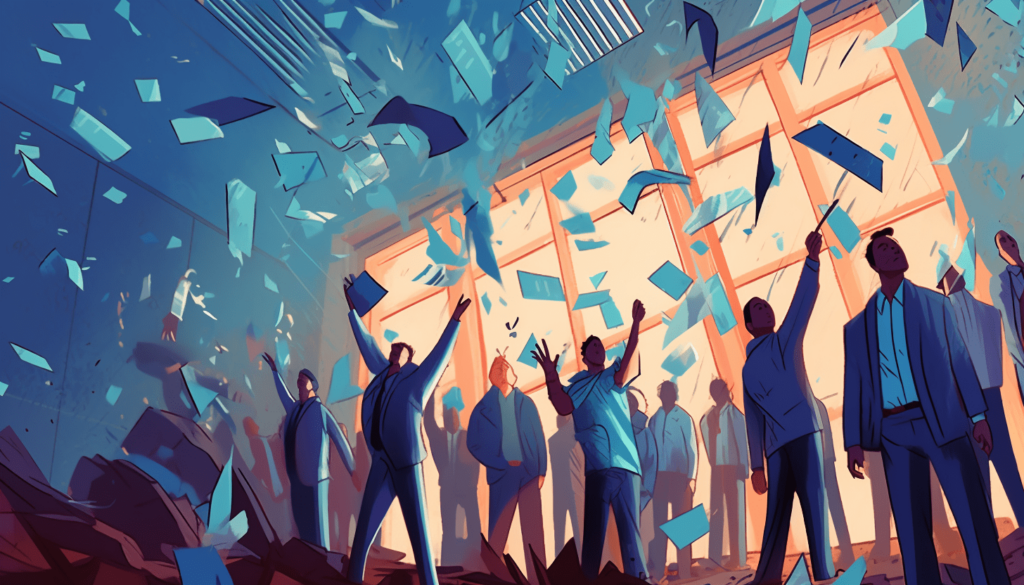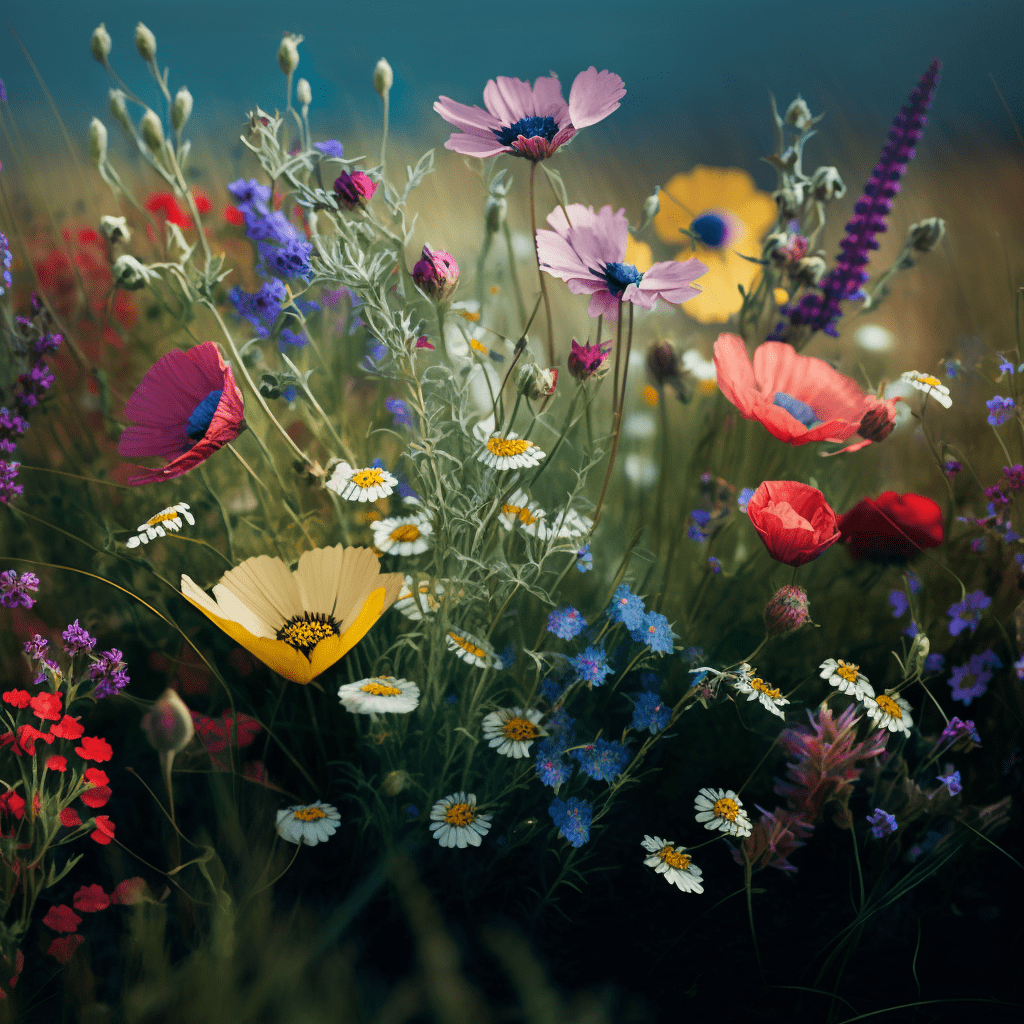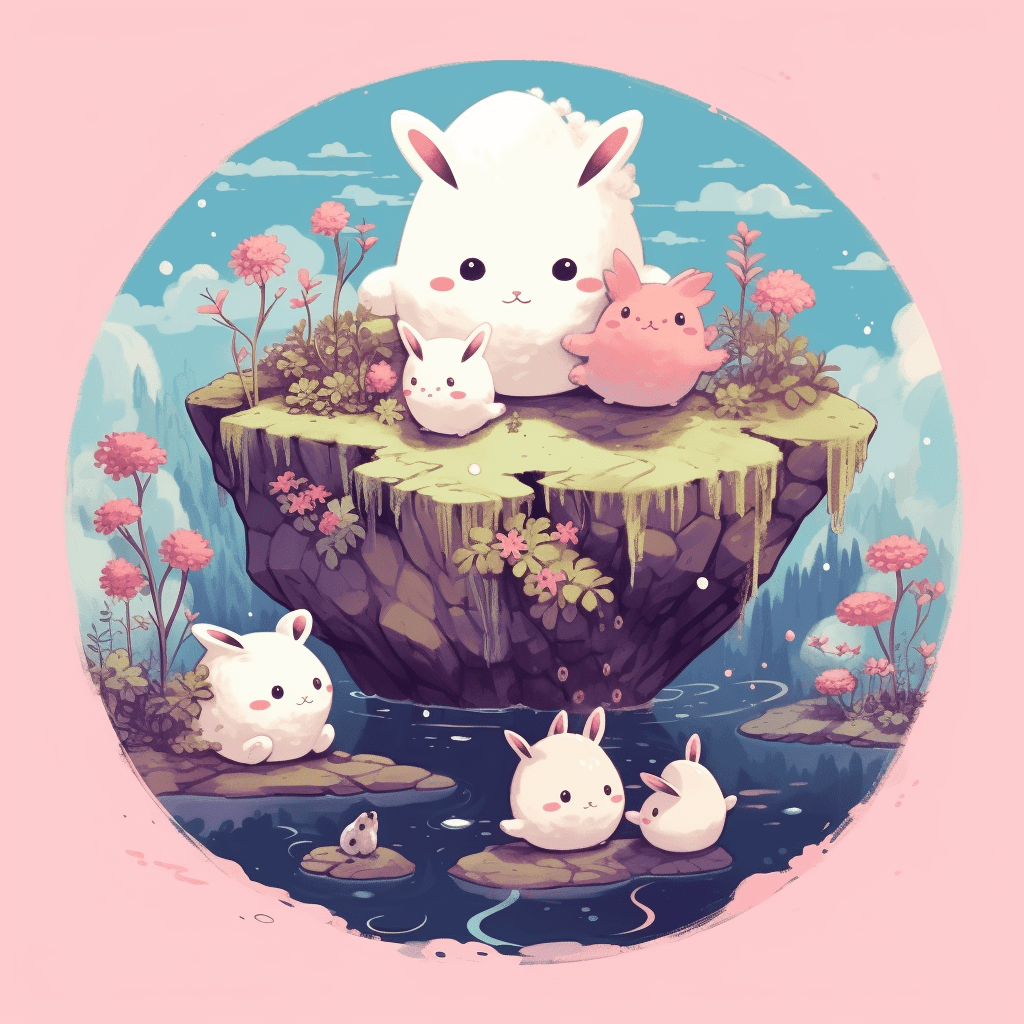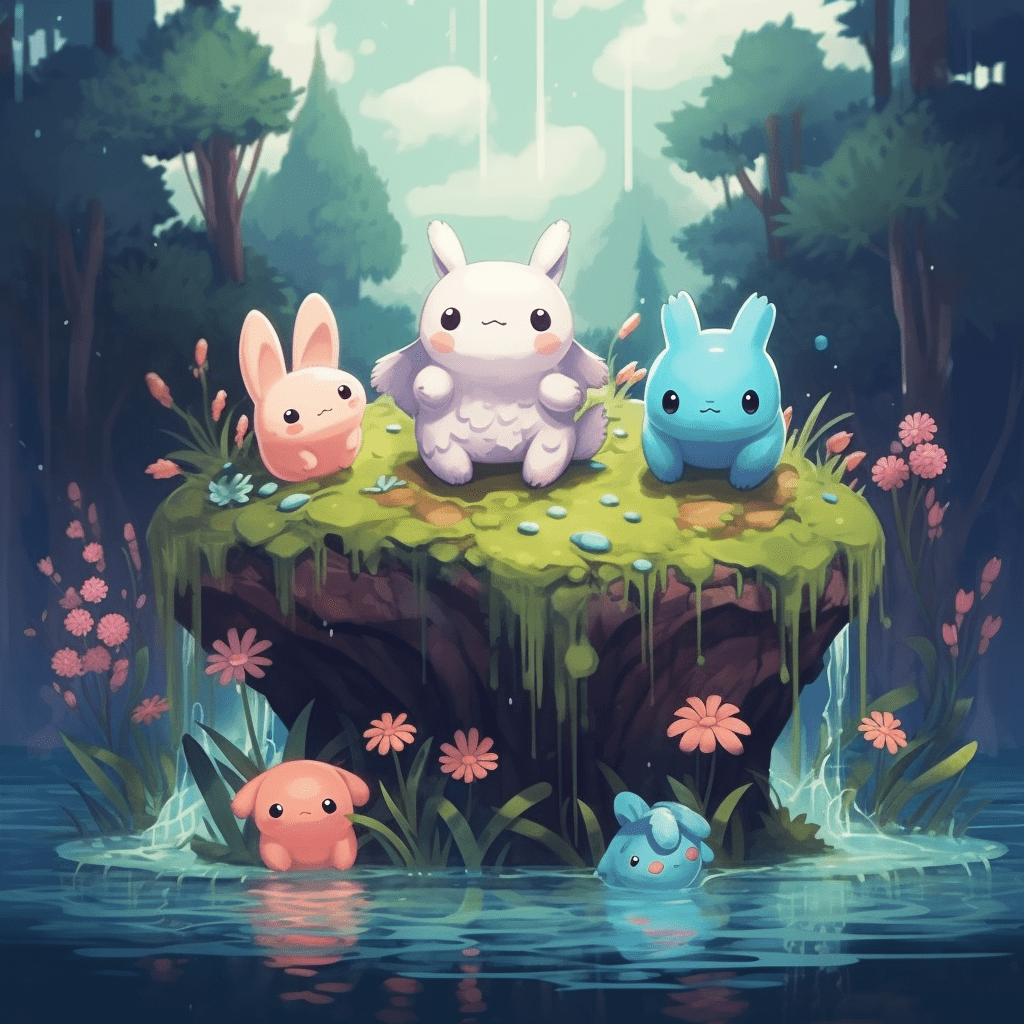Generative art, an innovative art form powered by algorithms and code, has gained significant traction in the digital art and NFT space. This creative approach allows artists and coders to experiment with computer-generated imagery, offering an endless array of unique output possibilities. As the NFT market continues to surge, generative art techniques and tools provide fresh opportunities for creators seeking to produce distinctive and in-demand non-fungible tokens. This article delves into various generative art techniques and explores tools for NFT creation, equipping creators with valuable insights for their artistic endeavors.

Understanding the Basics of Generative Art
Generative art is a creative practice where artists use algorithms, code, or other computational processes to produce elements of their work. By incorporating random, semi-random, or predetermined rules or parameters, the generated artwork varies in appearance, texture, or structure. The essence of generative art lies in combining the artist’s intent with the unpredictability of algorithms, creating a dynamic synergy between creativity and technology.
Generative Art Techniques for NFT Creation
Several generative art techniques can help artists create compelling NFTs, offering unique value to collectors and enthusiasts:
- Algorithmic Art: This approach involves crafting algorithms to generate art with specific patterns, shapes, and colors. Artists define the parameters, while the algorithm determines the final output. Tools like Processing, p5.js, and D3.js are popular choices for creating algorithmic art.
- Fractal Art: Fractal art revolves around creating intricate, visually captivating patterns by iterating mathematical functions. Fractal generation software like Mandelbrot Set viewers or Apophysis allows creators to produce mesmerizing, highly detailed artworks for NFTs.
- Cellular Automata: These are discrete models that simulate dynamic systems using simple rules on grid-based data structures. Cellular automata can generate intricate patterns and structures, perfect for visually engaging NFTs. Tools like Golly, Ready, or Tiled Automata can help artists create captivating cellular automata-based pieces.
- Artificial Intelligence and Machine Learning: Applying cutting-edge technologies like AI and machine learning in generative art opens new doors for creativity. Platforms like Runway ML and Google’s DeepArt enable creators to produce novel and highly original pieces using AI models, such as StyleGAN and DALL-E.
Tools and Platforms for Generating NFTs with Generative Art

Once artists and creators have generated their generative art pieces, they can use various NFT platforms and tools to bring their artwork to life as NFTs:
- OpenSea: OpenSea is an Ethereum-based platform that supports generative art NFTs. Projects like Art Blocks use OpenSea to mint and trade algorithmically generated artwork, taking advantage of the platform’s extensive infrastructure and user base.
- Async Art: As a platform tailored to programmable and interactive artworks, Async Art enables creators to mint NFTs featuring generative art that responds to parameters like time, data feeds, or user interactions. The platform’s unique features make it an attractive choice for those looking to push the boundaries of generative art in the NFT space.
- Hic et Nunc: A Tezos-based NFT platform, Hic et Nunc is an eco-friendly and affordable option for creators interested in minting generative art NFTs without the high energy consumption or fees associated with Ethereum-based solutions.
- Rarible: Rarible is an Ethereum-compatible marketplace that allows artists to create generative art NFTs with ease. The platform’s user-friendly interface and extensive community make it a suitable choice for artists seeking an established marketplace for their NFT creations.
Building and Promoting Your Generative Art NFT Collection
Successfully generating and selling generative art NFTs requires artists to build, promote, and maintain a strong online presence:
- Engage with the NFT Community: Actively participate in online forums, social media platforms, and Discord channels focused on NFTs and generative art. Sharing knowledge, collaborating with other artists, and seeking feedback will help foster connections and generate interest in your work.
- Develop a Solid Brand Identity: To create a memorable and distinctive identity, curate your NFT collection with a coherent theme, style, or narrative. A strong brand identity will make your work stand out and resonate with your target audience, enhancing your visibility and reputation.
- Leverage Digital Channels for Promotion: Use digital channels to showcase and promote your generative art NFTs. Social media platforms like Twitter and Instagram, personal websites, and online portfolios provide excellent opportunities to display your work and share your creative journey.
Final Thoughts

In conclusion, the world of generative art offers a wealth of creative possibilities and serves as a powerful catalyst for NFT creation. Artists can use various techniques and tools to generate unique pieces that encapsulate the dynamic interplay between creativity and technology. By leveraging the right platforms, developing a robust brand identity, and actively engaging with the NFT community, creators can carve out a niche for themselves in the ever-expanding digital art market.
